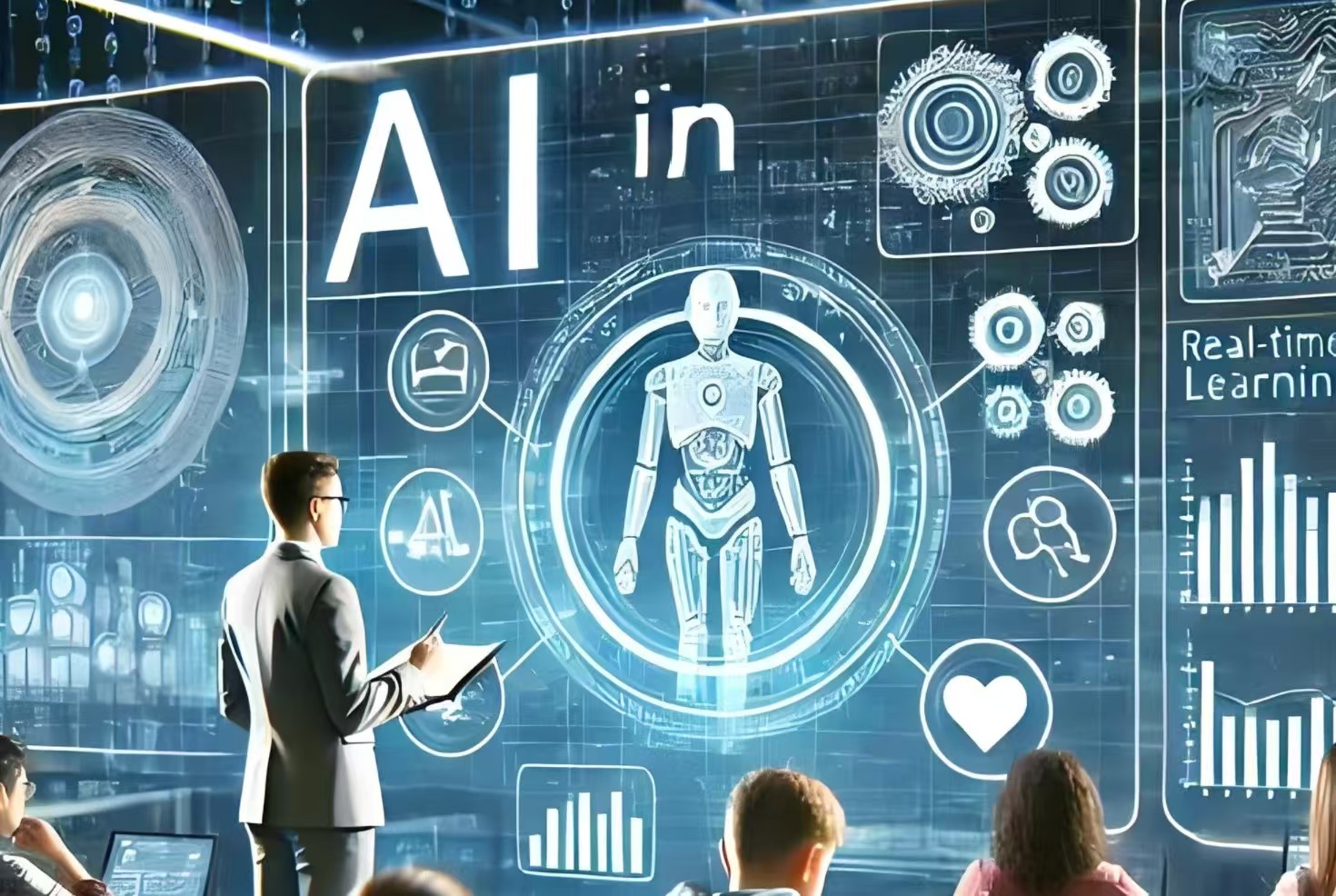
Module 1: Fundamentals of Deep Learning
1.1 Overview of Machine Learning and Deep Learning
• Machine Learning vs. Deep Learning vs. Traditional Algorithms
• Supervised, Unsupervised, and Reinforcement Learning
• Key Application Areas: Computer Vision, NLP, Recommendation Systems, Autonomous Driving
1.2 Basics of Neural Networks
• Perceptron Model
• Multi-Layer Perceptron (MLP) & Feedforward Neural Network (FNN)
• Activation Functions: ReLU, Sigmoid, Tanh, Leaky ReLU
• Loss Functions: Mean Squared Error (MSE), Cross Entropy
1.3 Backpropagation & Optimization
• Backpropagation Algorithm
• Gradient Descent: SGD, Momentum, Adam, RMSprop
• Overfitting and Regularization: L1/L2, Dropout, Batch Normalization
Module 2: Deep Learning Frameworks
2.1 TensorFlow & PyTorch
• Comparison: TensorFlow vs. PyTorch
• PyTorch Tensors Basics
• TensorFlow Computational Graph
• GPU Acceleration: CUDA, cuDNN
2.2 Building Neural Networks
• PyTorch Lightning / TensorFlow Keras
• Data Loading: Dataloader & Dataset
• Training, Validation, Testing Splits
• Model Saving and Loading: Checkpointing & Serialization
Module 3: Computer Vision (CV)
3.1 Convolutional Neural Networks (CNNs)
• Convolution, Pooling
• Popular Architectures: AlexNet, VGG, ResNet, DenseNet
• Transfer Learning
3.2 Object Detection and Segmentation
• Object Detection: YOLO, Faster R-CNN, SSD
• Semantic Segmentation: UNet, DeepLab
• Facial Recognition: FaceNet, MTCNN
3.3 Generative Adversarial Networks (GANs)
• GAN Basics: Generator vs. Discriminator
• Popular Variants: DCGAN, StyleGAN, CycleGAN
• Image Generation & Style Transfer
Module 4: Natural Language Processing (NLP)
4.1 Word Embeddings
• Traditional Methods: TF-IDF, Word2Vec, GloVe
• Pretrained Models: BERT, GPT, T5
• Transformer Architecture: Self-Attention, Multi-Head Attention, Positional Encoding
4.2 Language Models
• RNN, LSTM, GRU
• Transformer, BERT, GPT, T5
• Text Generation
4.3 NLP Tasks
• Text Classification: Sentiment Analysis, Spam Detection
• Machine Translation: Seq2Seq, Attention
• Question Answering: BERT for QA, OpenAI ChatGPT API
Module 5: Reinforcement Learning (RL)
5.1 RL Fundamentals
• Markov Decision Process (MDP)
• Q-Learning, Deep Q-Network (DQN)
• Policy Gradient, Actor-Critic
5.2 Advanced RL Algorithms
• A3C, PPO, SAC
• AlphaGo, DeepMind MuZero
• Applications in Robotics, Finance, Autonomous Driving
Module 6: Model Optimization & Deployment
6.1 Training Acceleration
• Data Augmentation
• Mixed Precision Training (FP16)
• Model Parallelism & Distributed Training: Horovod, DeepSpeed
6.2 Model Deployment
• ONNX Conversion & Optimization
• TensorRT / OpenVINO Acceleration
• Cloud Deployment: AWS SageMaker, Google Vertex AI
• Edge Deployment: NVIDIA Jetson, Raspberry Pi
Module 7: AI Applications & Project Practice
• CV Applications: Autonomous Driving, Medical Imaging
• NLP Applications: Intelligent Customer Service, AI Writing Assistants
• AI for Business: Recommendation Systems, Robo-Advisors
• Cross-Modal Learning: Combining CV + NLP (CLIP, DALL·E)

Deep Learning